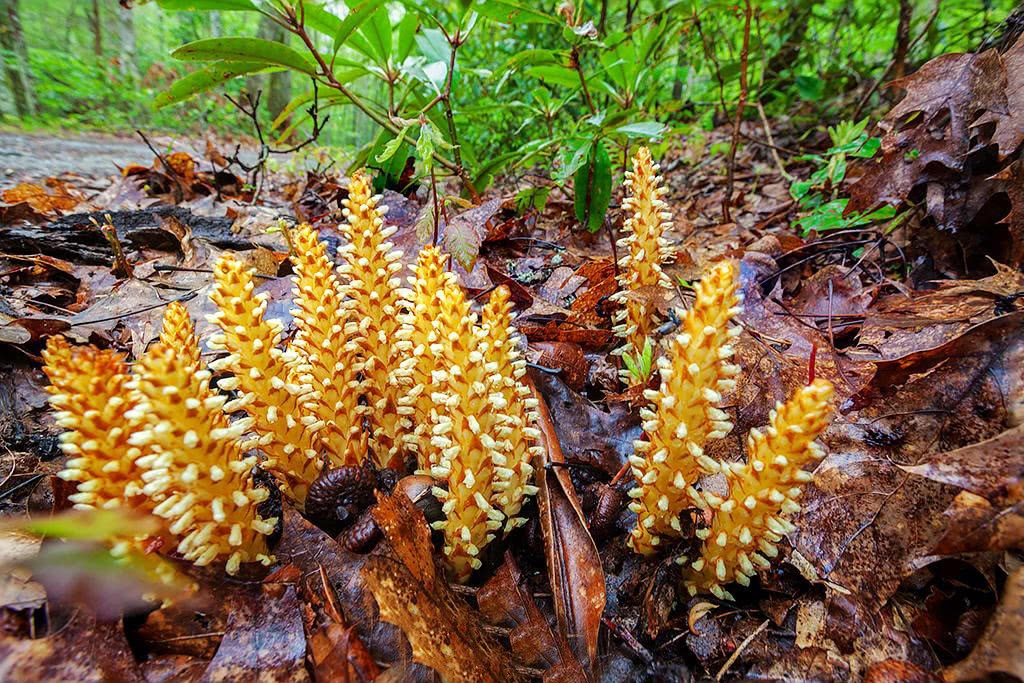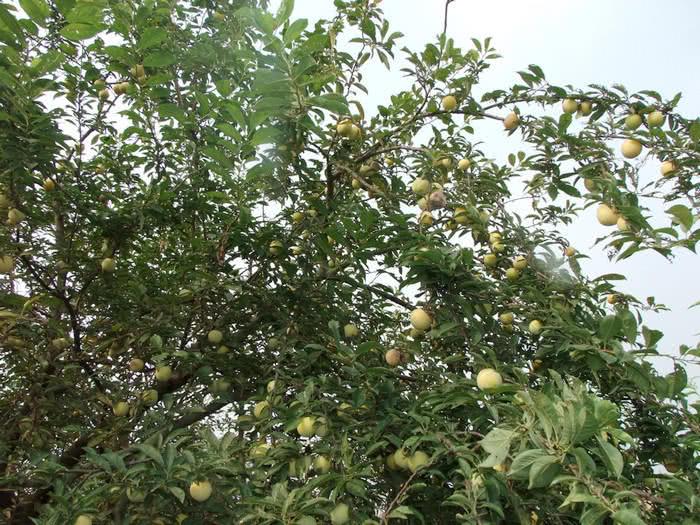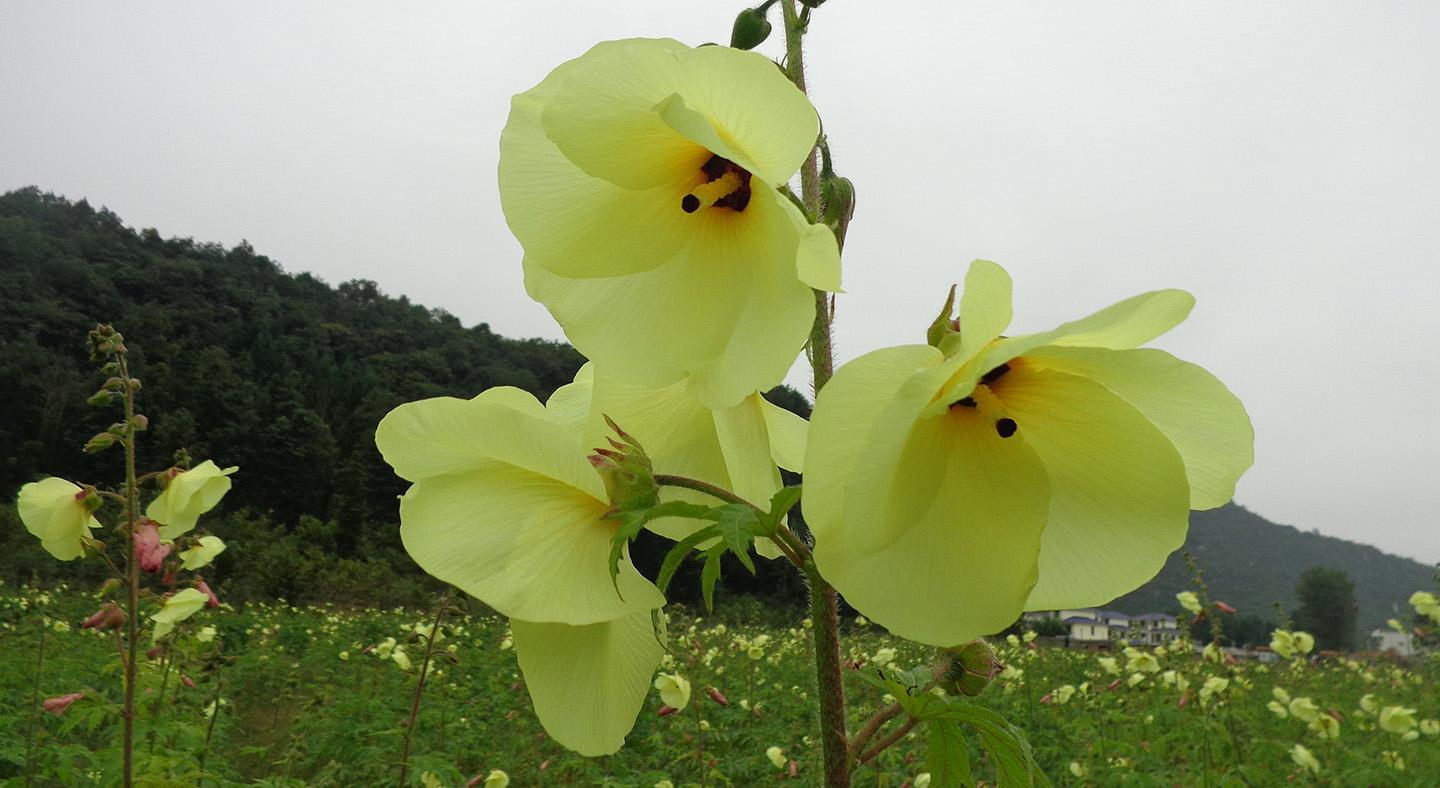It is parasitic on Artemisia grass without roots and leaves, but it can blossom and bear fruit. It is called a rabbit walking stick.

Nowadays, more and more people pursue health care, such as running, tai chi yoga, these are common health exercises, in addition, people occasionally go to the traditional Chinese medicine store to buy some health medicines for regulating qi and tonifying blood. Traditional Chinese medicine is no longer just used to treat diseases and save lives, it plays a more and more important role in our daily life.
For farmers, the countryside is a natural treasure land for health preservation. Working in the fields when farmers are busy can not only manage crops, earn money to support their families, but also exercise their muscles and bones and strengthen their bodies. In their spare time, they can go uphill to find some wild vegetables and fruits, boil some wild herbs and appetizers and nourish them. Many valuable traditional Chinese medicines come from rural areas, and what kind of Cordyceps and ginseng cannot be surpassed by artificial cultivation. Take the endangered species under national third-level protection as an example. They are now the rarest treasures in rural areas.
The name Ledang may be strange to all of you. It is called "rabbit crutch stick" and "mountain bract rice" in the mouth of the elderly people in our village. It is a rare and valuable traditional Chinese medicine. In fact, Liedang is the famous "Cistanche deserticola", it is a parasitic plant, parasitic on Artemisia grass, rootless and leafless, is very strange.
When farmers go to the mountains to cut firewood in summer, they can see it in some sand dunes and ditches. From a distance, Liedang is like a corncob growing from the ground, so we give it an approachable name, Shan Bao Mi, but it is relatively small and half the size of ordinary corn. I heard adults say that lie was light yellow when it first grew, and then turned golden when it matured in June or July. The common ones are blue and lavender flowers, as well as white flowers.
Due to the high altitude of the area where Liedang grows, it does not attract too many butterflies and bees when it blossoms, so the probability of successful pollination is very low, but it can also bear fruit. Farmers have also thought of digging it home and growing it themselves, but Ladang has almost no roots, and there is no way to plant it. Ladang has not only no roots, but also no leaves. It is a really strange plant without leaves and roots.
Children who are gluttonous always tend to have a bad stomach, and if they toss badly, they have to go to the hospital several times to go back and forth. I once heard an old Chinese medicine doctor here sigh that if only Shanbao rice could be as easy to beg as before, you don't have to go to the hospital with a stomachache and sore legs. Indeed, Liedang can strengthen muscles and bones, and it is a rare health-preserving medicine given by nature.
I have never seen Ledang. I heard that it was often seen on that high mountain of several hundred meters in the early decades. Later, after it was identified as a precious traditional Chinese medicine, more and more people went to the mountain to pick, and the number of Liedang, which is not easy to grow, is also decreasing day by day.
Although there are many artificially cultivated plants on the market, their health-preserving effect is far less than that of wild ones, but since Ledang has been listed as a national protected species, few people have adopted it, and they may be lucky to encounter it when they enter the mountains later.
Dear friends, do you have such a strange and precious list?
- Prev

It's one of the oldest fruits. It's blood red inside and out. It's called the king of iron.
The biggest advantage of living in the countryside is that you can eat the freshest vegetables and fruits every day. This is something that many people in the city cannot enjoy. Only those who live in the countryside can enjoy the treatment, such as mushrooms.
- Next

It looks like okra almost went extinct 50 years ago. Flowers are more valuable than fruit and can sell for 500 yuan per jin.
Everyone likes hibiscus, it is colorful, mostly pink, lovely, enchanting and colorful, often used in courtyard breeding, when we praise the beauty of girls, we often use "water hibiscus" to decorate, we can see its charm. But do you know.
Related
- Wuhan Hospital Iron Tree Blooming Result Was Instantly Frightened by the Gardener Master
- Which variety of camellia is the most fragrant and best? Which one do you like best?
- What is the small blue coat, the breeding methods and matters needing attention of the succulent plant
- Dormancy time and maintenance management of succulent plants during dormancy
- Minas succulent how to raise, Minas succulent plant pictures
- What are the varieties of winter succulent plants
- How to raise succulent plants in twelve rolls? let's take a look at some experience of breeding twelve rolls.
- Attention should be paid to water control for succulent plants during dormant period (winter and summer)
- Watering experience of twelve rolls of succulent plants
- Techniques for fertilizing succulent plants. An article will let you know how to fertilize succulent plants.

